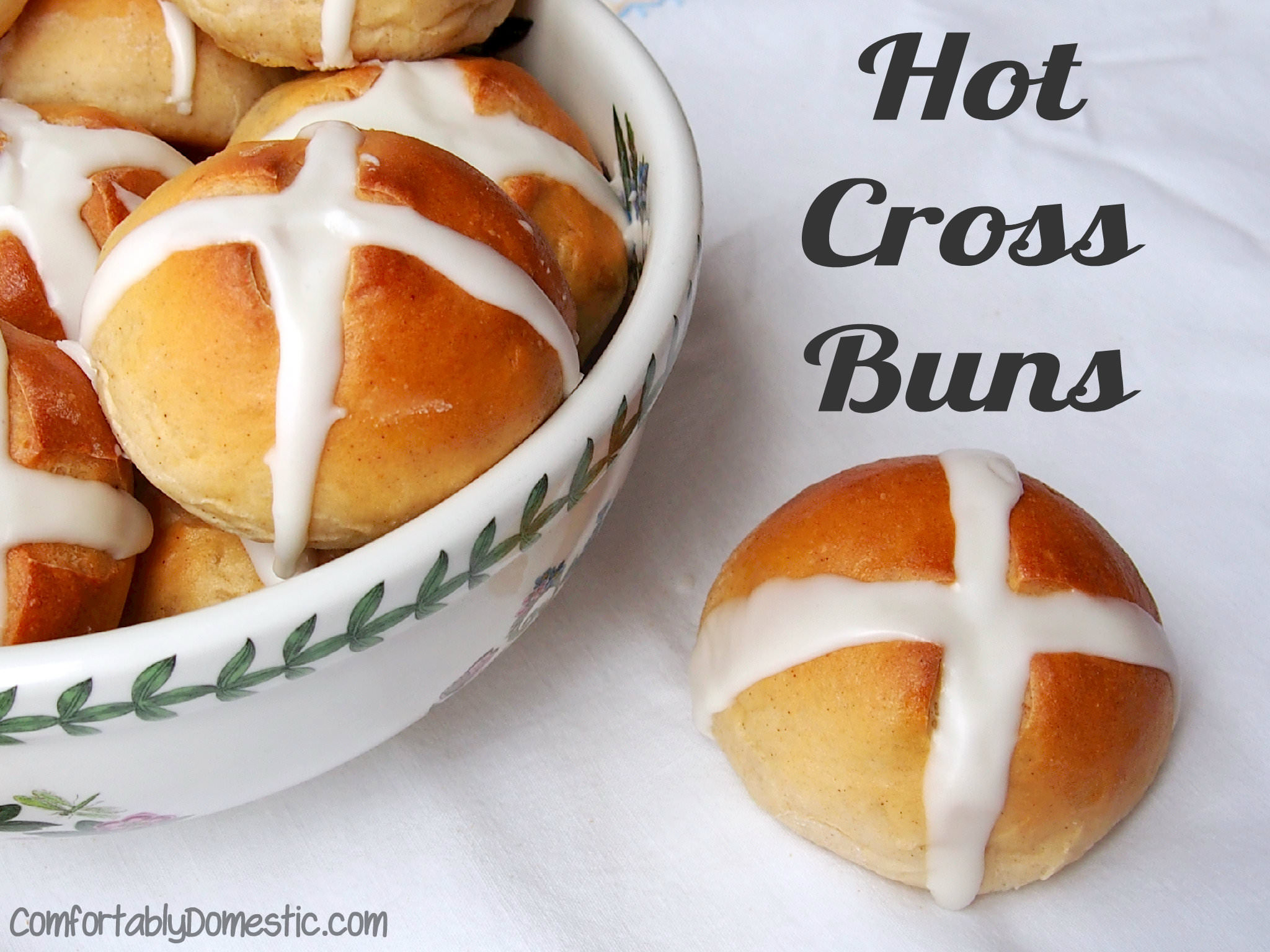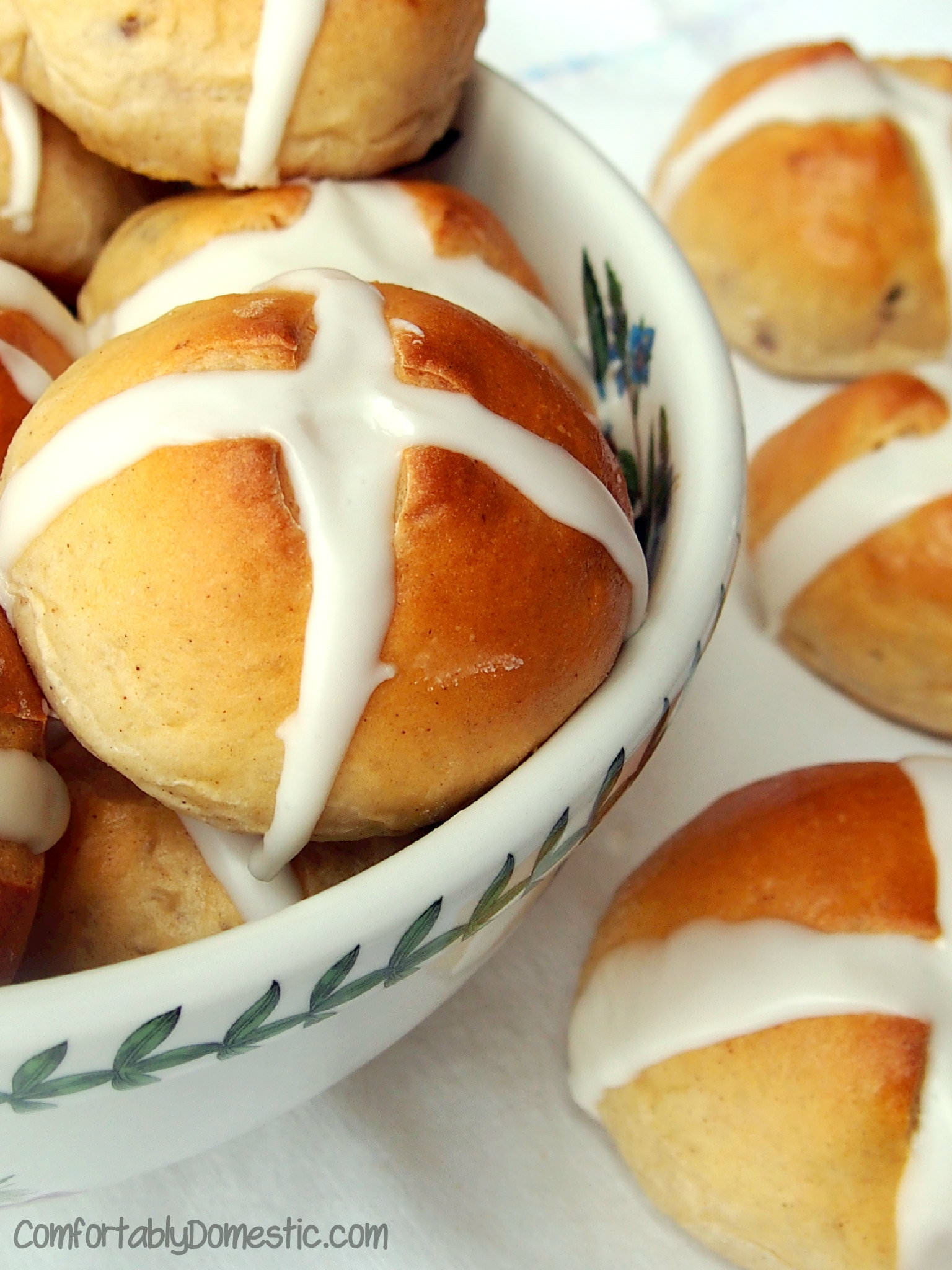“Hot Cross Buns” is a timeless nursery rhyme and a super popular first song for anyone learning to play the recorder. If you’re just starting your musical journey with the recorder, you’ve come to the right place! This simple yet catchy tune is perfect for mastering the basics and will have you playing a recognizable song in minutes. Let’s dive into why “Hot Cross Buns” is the ideal beginner recorder song and how you can quickly learn to play it.
 Homemade Hot Cross Buns Recipe via ComfortablyDomestic.com
Homemade Hot Cross Buns Recipe via ComfortablyDomestic.com
A batch of freshly baked hot cross buns, showcasing their golden-brown color and characteristic cross.
Why “Hot Cross Buns” is Perfect for Recorder Beginners
There are several reasons why “Hot Cross Buns” is a staple in music classrooms and a fantastic starting point for aspiring recorder players:
- Simple Notes: The entire song uses only three notes: B, A, and G. These are usually the first notes taught on the recorder because they are relatively easy to produce and finger.
- Repetitive Melody: The melody of “Hot Cross Buns” is very repetitive, making it easy to memorize and internalize. This repetition helps build muscle memory in your fingers and reinforces the note patterns.
- Short and Sweet: The song is short, so you won’t feel overwhelmed trying to learn a long and complex piece. This brevity gives beginners a quick sense of accomplishment, encouraging them to continue learning.
- Recognizable Tune: “Hot Cross Buns” is a well-known song, making it satisfying to play right away. You’ll instantly recognize the melody and feel a sense of achievement as you play it.
“Hot Cross Buns” Recorder Notes and Finger Chart
To play “Hot Cross Buns” on the recorder, you only need to learn three notes: B, A, and G. Here’s a simple guide:
- B: Cover the hole on the back of the recorder with your thumb and the top hole on the front with your index finger.
- A: Cover the thumb hole and the top two holes on the front (index and middle fingers).
- G: Cover the thumb hole and the top three holes on the front (index, middle, and ring fingers).
Here are the notes for “Hot Cross Buns” written out:
B – A – G
B – A – G
B – B – B – B
A – A – A – A
B – A – G
Practice these notes individually first to get a clear sound for each. Once you feel comfortable with each note, try playing them in the sequence of the song. Start slowly and focus on smooth transitions between notes.
“Hot Cross Buns” Lyrics and Meaning
The lyrics to “Hot Cross Buns” are just as simple as the melody:
Hot cross buns!
Hot cross buns!
One a penny, two a penny,
Hot cross buns!
These lyrics refer to the spiced sweet buns marked with a cross on top, traditionally eaten on Good Friday in many countries. While the song is simple, its connection to a real treat makes it even more engaging and memorable, especially for younger learners.
 Homemade Hot Cross Buns Recipe || ComfortablyDomestic.com | Easter | Good Friday | Christmas | Holiday Baking
Homemade Hot Cross Buns Recipe || ComfortablyDomestic.com | Easter | Good Friday | Christmas | Holiday Baking
A close-up shot of hot cross buns, highlighting the cross icing and dried fruit within.
Tips for Playing “Hot Cross Buns” on the Recorder
- Start Slow: Don’t rush! Begin by playing the song very slowly to focus on accuracy and clear notes. As you get more comfortable, gradually increase the tempo.
- Proper Breathing: Use gentle, consistent breath. Avoid blowing too hard, which can make the recorder sound squeaky. Imagine you are gently blowing out candles.
- Finger Placement: Make sure your fingers are covering the holes completely to produce a clear tone. Press down firmly but not too hard.
- Practice Regularly: Even short, regular practice sessions are more effective than long, infrequent ones. Aim for 10-15 minutes of practice each day.
- Listen and Play Along: Listen to recordings of “Hot Cross Buns” to get the rhythm and melody in your ear. Try playing along with the recording once you are familiar with the notes.
The Story Behind Hot Cross Buns (Food Connection)
Hot cross buns themselves have a rich history, dating back centuries. These spiced buns, often containing raisins or currants and marked with a cross, are traditionally associated with Easter and particularly Good Friday. The cross on top is said to represent the crucifixion of Jesus Christ.
In England, these buns became so popular that during Tudor times, there were even attempts to regulate their sale, restricting it to special occasions like Good Friday, Christmas, and funerals. This history adds an extra layer of cultural significance to the simple song we play on the recorder.
Just like the delightful treat they are named after, learning to play “Hot Cross Buns” on the recorder is a sweet and satisfying experience. It’s a perfect starting point for your musical journey, offering a quick win and building a solid foundation for learning more complex songs. So grab your recorder, practice those B-A-G notes, and soon you’ll be playing “Hot Cross Buns” like a pro! Happy playing!
